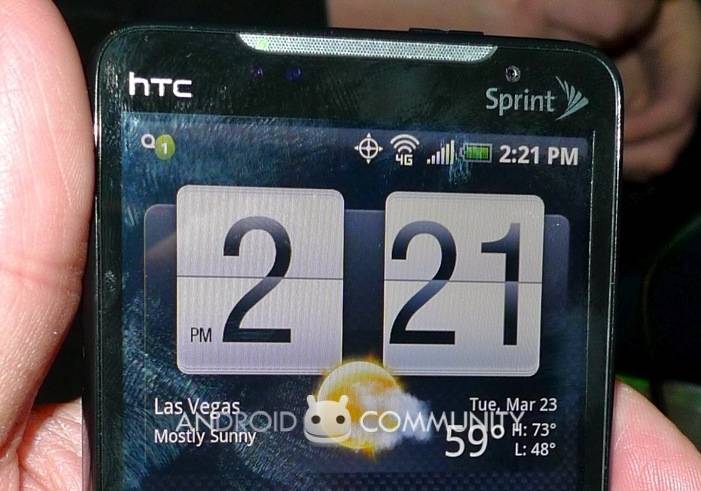
In among the WiMAX excitement, the HTC EVO 4G‘s front-facing 1.3-megapixel camera perhaps didn’t get the fanfare it deserves. A first for an Android device, the camera paves the way for video calls; problem is, Android as it stands isn’t video call friendly. Happily Sprint – a member of the OHA, as they’ll happily remind you – is stepping up with a new 4G developer guide intended to show Android devs how to deal with the EVO 4G’s hardware capabilities.
A Sprint 4G developer guide is available today from the Sprint ADP Web site http://developer.sprint.com. The Sprint 4G developer guide explains how to develop on an Android 2.1 handset and how to take advantage of 4G and unique hardware/software capabilities, including how to use a forward-facing camera in an app; how to use HDMI output; and how to build in network detection (3G, 4G or Wi-Fi) to optimize quality of data in an app. The Sprint 4G developer also will include sample apps and source code that highlight these features. It will supplement the Android 2.1 SDK
As well as the front-facing camera – the higher than normal resolution of which seems intended for bandwidth-heavy video-over-IP chats than it does regular cellular video calling – the new guide addresses the HDMI output and network identification. The latter is particularly important, as it gives an app the ability to differentiate between 3G, 4G and WiFi networks, and potentially adjust data use accordingly. For instance, a streaming media app – such as Sling Player – could automatically increase video resolution when it knows it’s on a 4G versus a 3G connection.
The SDK and other tools – together with guides and other development details – are available here. For more on the HTC EVO 4G, meanwhile, check out our hands-on video.









